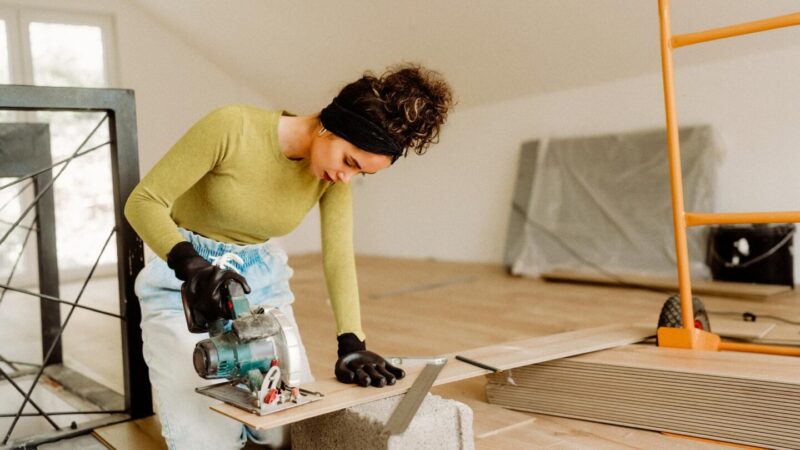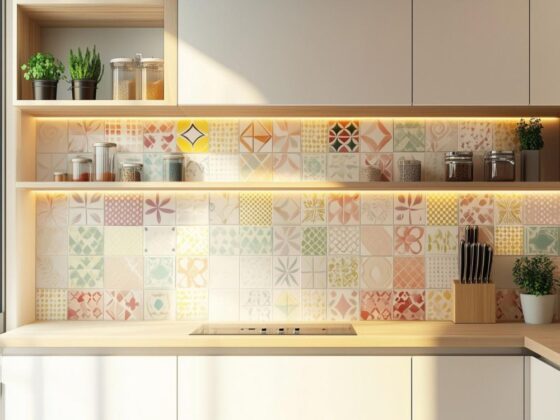Making your home more valuable doesn’t always mean taking on a huge project that requires months of planning, architects’ drawings and endless paperwork. For many homeowners in the UK, some of the best ways to add value and appeal to a property fall under permitted development rights, meaning you don’t need to go through the full planning permission process.
From sprucing up your kerb appeal to adding usable space in clever ways, there are plenty of improvements you can carry out legally without the hassle — as long as you stay within the guidelines.
Whether you’re looking to sell soon or simply want to future-proof your investment, understanding what you can do without planning permission can help you get started with confidence. It’s always wise to double-check with your local authority or a qualified professional if you’re unsure about the rules, but here’s a closer look at some of the most popular home improvements that can boost your property’s value without the need for a lengthy planning process.
Refreshing Your Kerb Appeal
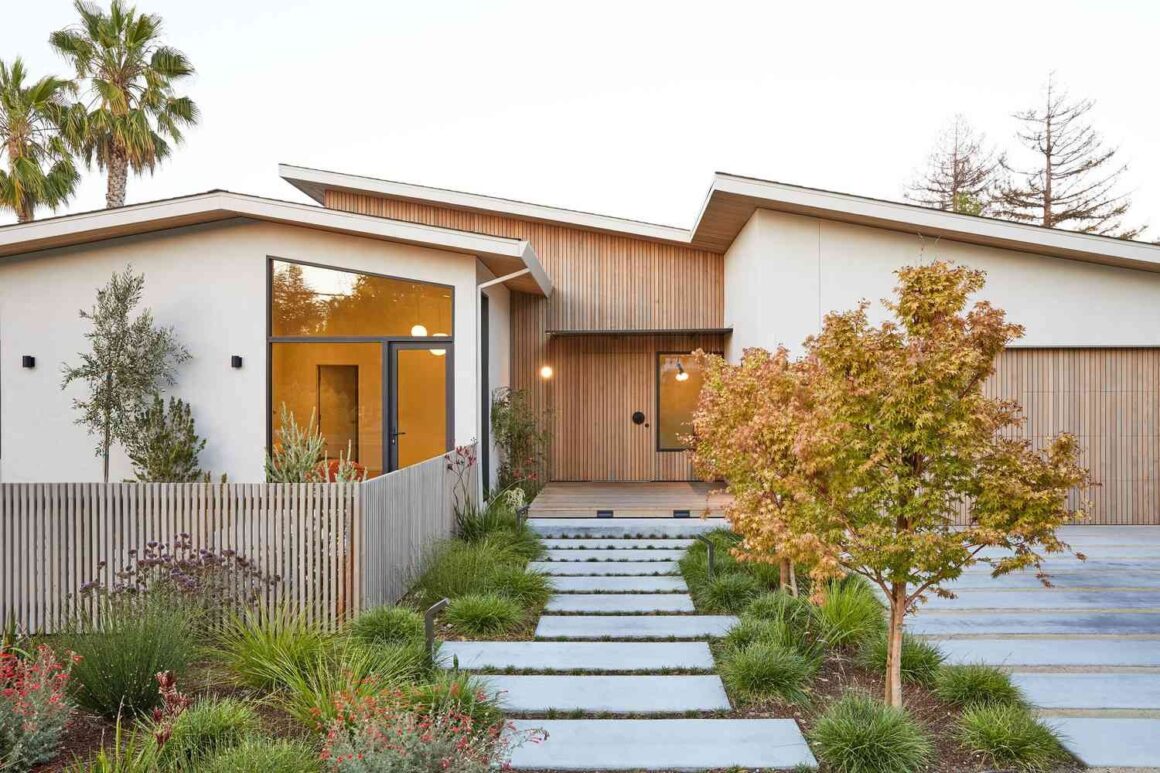
One of the simplest ways to add value to your home is by making it look inviting from the outside. First impressions really do count when it comes to potential buyers. The good news is that most changes to your home’s exterior aesthetic don’t need planning permission, as long as they don’t significantly alter the structure.
A fresh coat of paint on your front door, tidy window frames and well-maintained paths can make a big difference. Replacing your old front door with a new, more secure or stylish one also falls under permitted development, so long as your property isn’t listed or in a conservation area.
Many homeowners also choose to replace or repair fencing and boundary walls, as these are usually covered under permitted development as well — provided they don’t exceed a certain height.
If your driveway has seen better days, resurfacing it or switching to a more attractive material can make your home look smarter and more modern. Adding outdoor lighting, planters and a tidy garden gate completes the look and shows buyers that the home has been well looked after.
Converting a Loft Under Permitted Development
A loft conversion remains one of the most sought-after ways to add value and usable living space to a UK home — and it can often be done without formal planning permission. Under permitted development rights, you can convert your loft into an additional bedroom, home office or playroom, provided you stay within the volume limits and other rules.
The main points to bear in mind are that your proposed loft conversion should not exceed 40 cubic metres for terraced houses or 50 cubic metres for semi-detached and detached homes. The extension must not go beyond the plane of the existing roof slope facing the road and should not be higher than the existing roof. Any side-facing windows must be obscure-glazed and non-opening below a certain height to maintain privacy for neighbours.
Many homeowners opt for a simple dormer conversion to create extra headroom and usable floor space. A well-designed loft room can add significant value by turning a three-bedroom house into a four-bedroom home, which can make it more appealing to growing families.
Adding a Garden Room or Outbuilding
Working from home has become a permanent feature for many people, which is why adding a garden office or outbuilding is now one of the most popular home improvements. These structures can often be built under permitted development, as long as they’re classed as incidental to the main house. This means they should be used for purposes like a home office, gym, studio or storage space — not as a separate living accommodation.
To stay within the rules, your outbuilding should not cover more than half the area of land around your original house, and its height must not exceed 2.5 metres if it’s within two metres of your boundary. If it’s further away, you might be able to go up to four metres high for a dual-pitched roof. Many modern garden rooms are designed specifically to meet these limits, offering a plug-and-play solution that can be installed quickly with minimal disruption.
A garden room adds usable space and lifestyle appeal without the need for a costly extension or formal planning application. Buyers love the flexibility of a dedicated workspace away from the main house, especially if the design complements the garden and is insulated for year-round use.
Upgrading Windows and Doors
Replacing your windows might not feel like a glamorous upgrade, but it’s one of the most effective ways to improve energy efficiency and give your home a more modern look. Most window replacements don’t need planning permission as long as you’re not in a listed building or conservation area and the style is in keeping with the existing property.
Switching to double or triple glazing can help cut heating costs, which buyers increasingly look for when considering a property’s long-term running expenses. New windows also help reduce noise from outside and boost security. Matching your new windows with a modern or characterful new front door can really lift the exterior of your house, adding instant kerb appeal and a sense of quality.
Internal Improvements and Layout Changes
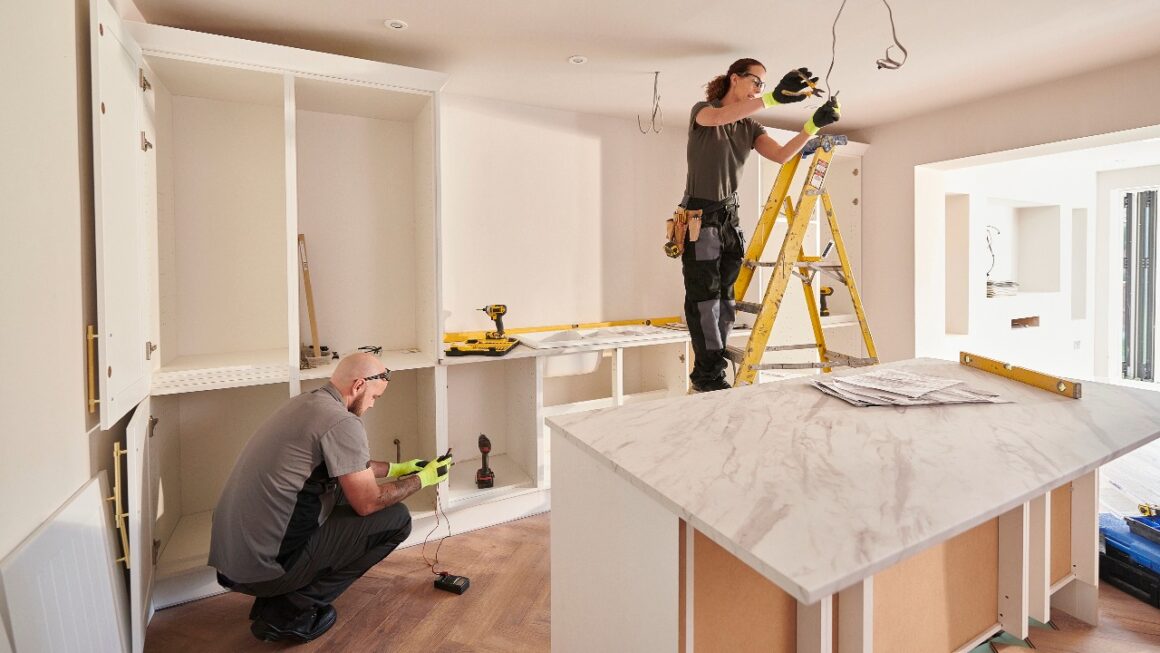
Not all value-boosting improvements are about adding extra space — sometimes, it’s about making the space you already have work better. Most internal renovations don’t need planning permission because they don’t affect the external appearance of the house.
Opening up rooms to create an open-plan kitchen-diner is a popular choice, especially in older houses with smaller, separated rooms. Knocking down non-load-bearing walls or reconfiguring the layout can transform how a space feels and how people move around it.
While you don’t usually need planning permission for these changes, you should always check whether a wall is structural and get professional advice from a builder or structural engineer before taking it down.
Upgrading kitchens and bathrooms is another tried-and-tested way to boost value. Modern, well-fitted kitchens are often at the top of buyers’ wish lists. Even a straightforward update like replacing dated cabinets, worktops and tiles can make a home feel fresher and more desirable.
Installing a New Driveway or Patio
Outdoor living spaces have become more important to buyers than ever, and a well-designed patio or new driveway can add both functionality and value. In most cases, you can lay a new patio or install a driveway under permitted development rights, although there are rules to prevent excess water runoff that could affect public drainage.
Driveways made of porous materials, such as gravel, permeable concrete or block paving, usually don’t require planning permission. If you want a non-permeable surface, you might need to install drainage to direct water to a garden or soakaway to comply with building regulations. Always check with your local authority if you’re unsure.
A smart, practical outdoor space adds appeal and shows buyers how they can make the most of the garden all year round. It’s also a good opportunity to add stylish planting, garden lighting and low-maintenance features that make the property stand out.
Adding or Replacing a Porch
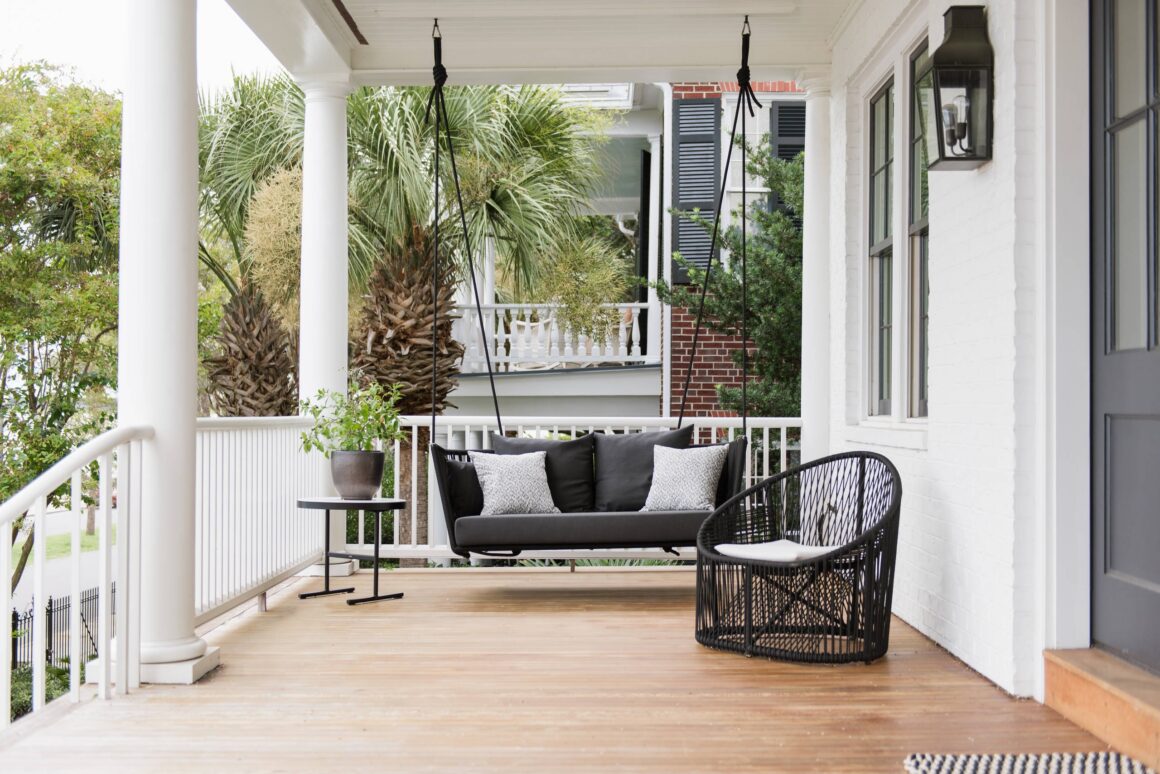
A porch can make a surprisingly big difference to how welcoming your home feels, while providing useful shelter and extra storage space for shoes, coats and parcels. In the UK, you can usually build a porch without planning permission as long as its ground floor area doesn’t exceed three square metres and it’s no more than three metres high. It must not be within two metres of any boundary that fronts a highway.
A well-designed porch can boost kerb appeal, make the front of your house look more balanced and provide a practical buffer between indoors and outdoors — something buyers with families or pets particularly appreciate.
Solar Panels and Green Upgrades
With energy costs on the rise, energy efficiency is more important than ever to buyers. Installing solar panels is one of the most popular green improvements and can usually be done without planning permission under permitted development, provided they meet certain limits. For example, the panels should not protrude more than 200mm beyond the plane of the roof and should not be higher than the highest part of the roof.
Adding solar panels not only reduces your energy bills but also makes your home more attractive to buyers who want to future-proof their next property. Alongside solar, improvements like adding extra loft insulation or installing an energy-efficient boiler don’t require planning permission and can make a home more comfortable and cost-effective to run.
Fitting New Outdoor Lighting

Outdoor lighting is one of those small touches that can really lift the look of a home, improve security and make outdoor spaces more usable year-round. Fitting outdoor lights doesn’t require planning permission, but you should always position them thoughtfully to avoid causing a nuisance to neighbours.
Subtle pathway lights, wall-mounted fixtures and garden spotlights help show off your home’s best features in the evening and create a warm, welcoming atmosphere for visitors or prospective buyers. Motion-sensor lights around entrances can also enhance security, which is a selling point for many families.
Garage Conversions
If you have an attached or integral garage that rarely sees a car, converting it into a living space can be an excellent way to add usable square footage without extending. Many garage conversions fall under permitted development as long as the work is internal and doesn’t involve enlarging the structure.
A garage can become an extra bedroom, home office, playroom or utility area, depending on your needs. This type of conversion usually adds more value than it costs, particularly in urban areas where extra living space is at a premium. Just check that your deeds or lease don’t have any restrictive covenants requiring the garage to remain as parking.
Replacing Your Roof Coverings
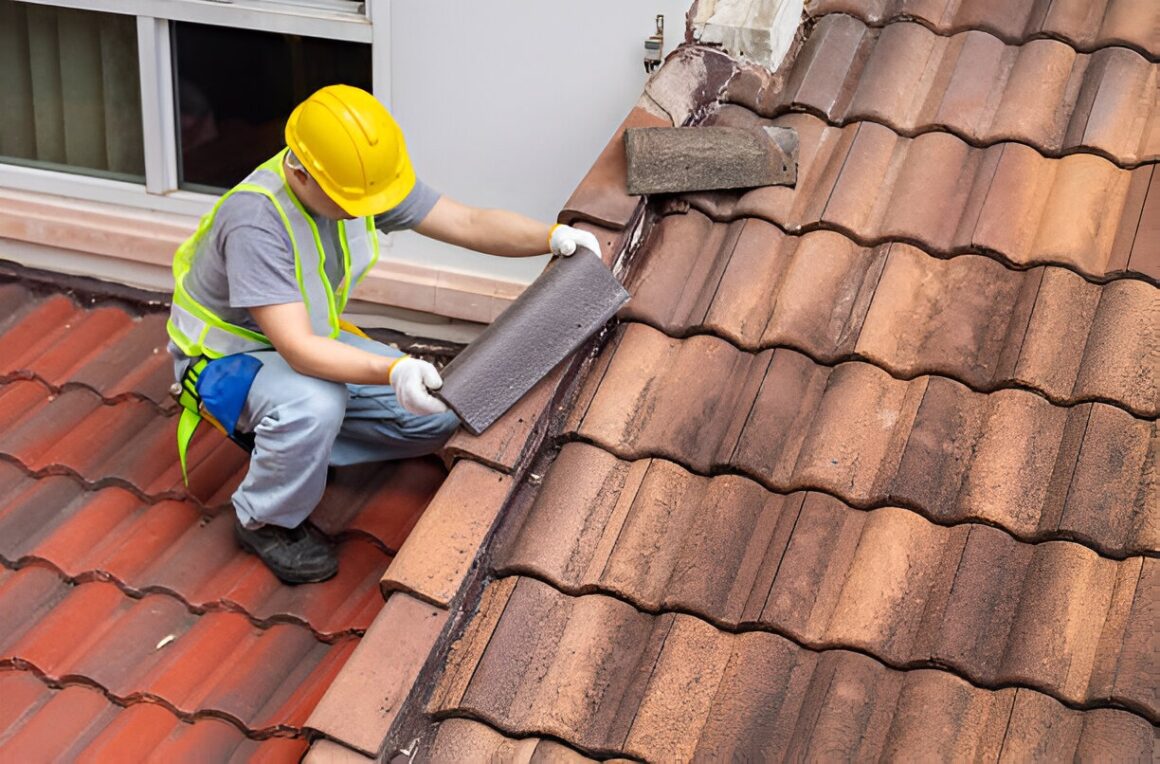
Replacing old or damaged roof coverings is another improvement that can boost the appearance and value of your home without needing planning permission, provided you’re not changing the roof shape or height. A new roof can reassure buyers that they won’t face big repair bills shortly after moving in.
Modern roofing materials often offer better insulation and energy efficiency than older coverings, which can help lower heating costs and improve your home’s EPC rating — an increasingly important factor for buyers. If you live in a conservation area or your house is listed, always check local rules before starting any roof work.
Final Checks Before You Start
While these improvements are all covered under permitted development for most UK homes, it’s wise to remember that there can be exceptions. Flats and maisonettes don’t usually benefit from permitted development rights, and properties in conservation areas, Areas of Outstanding Natural Beauty or those that are listed may face additional restrictions.
If you’re unsure whether your planned improvement needs planning permission, it’s worth seeking advice from your local planning authority or a professional builder. It’s always better to check first than risk a costly dispute or the need to reverse work after it’s been done.
Taking the time to plan sensible improvements that fall within permitted development rules can help you make the most of your home’s potential. For many homeowners, these changes not only add value but make daily life more comfortable and enjoyable, whether you’re planning to sell or stay for years to come.
